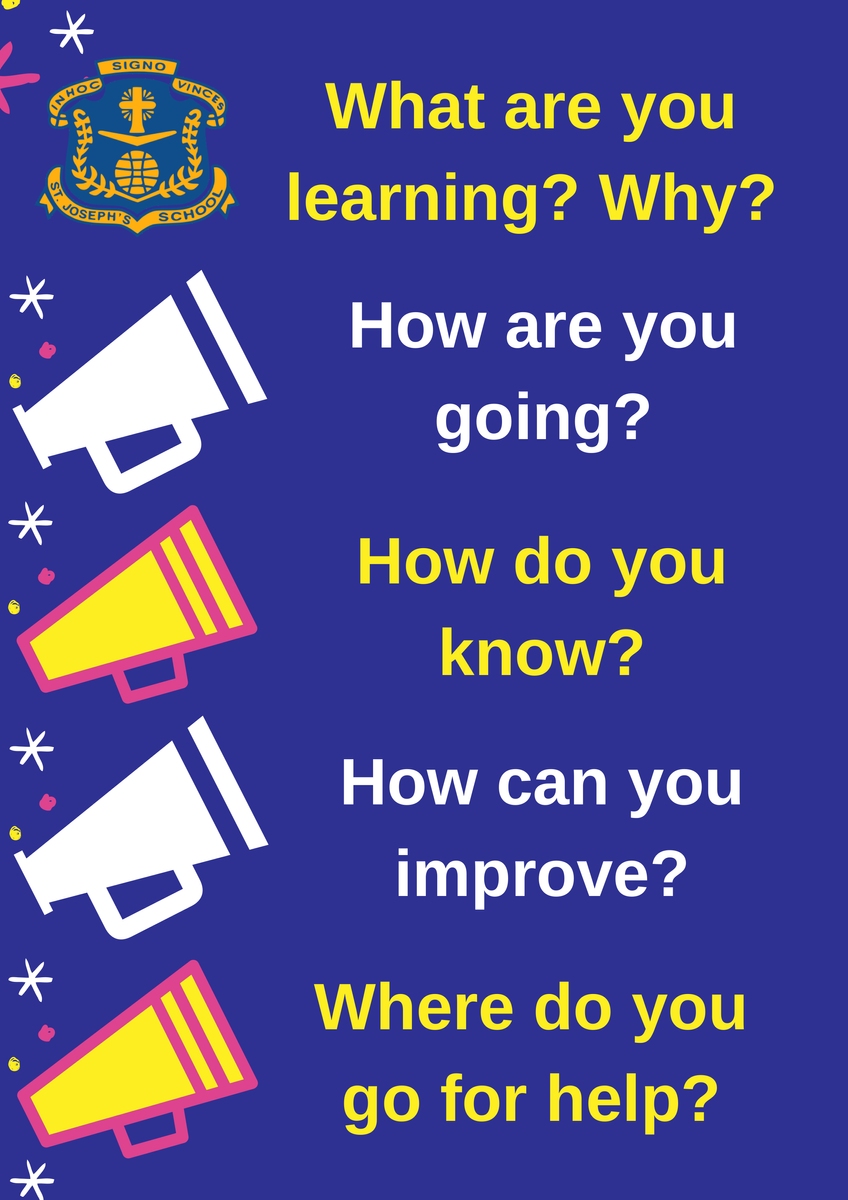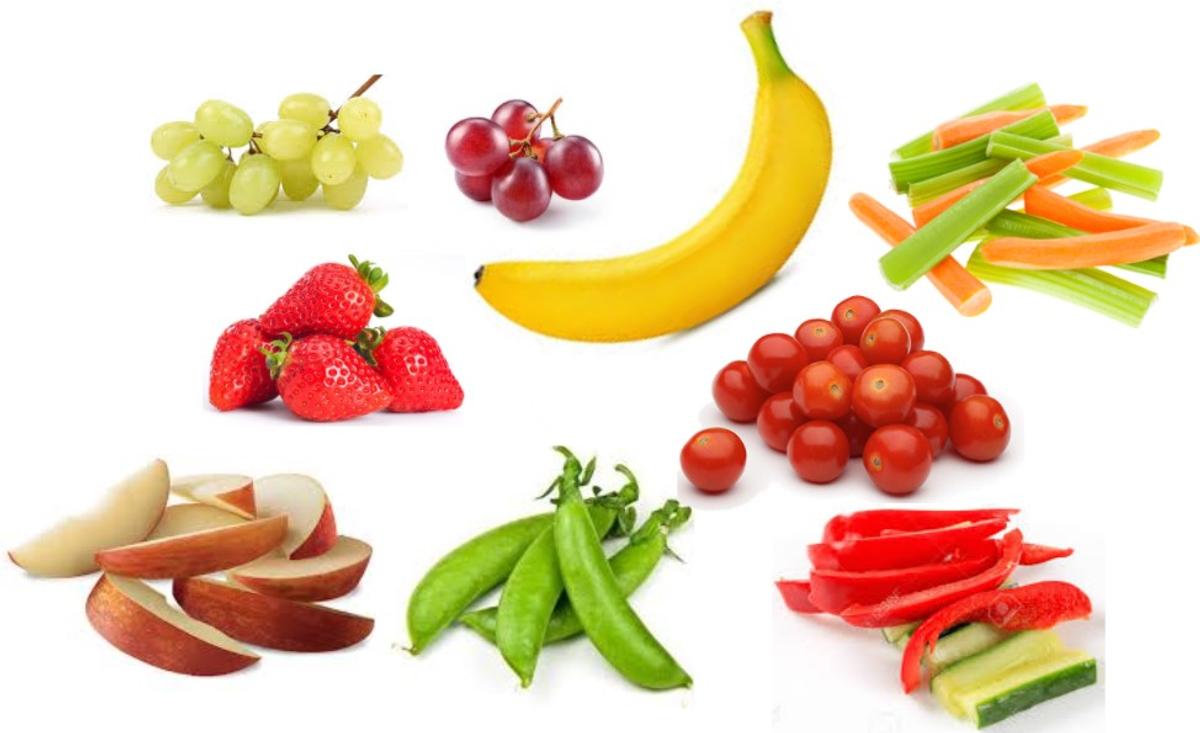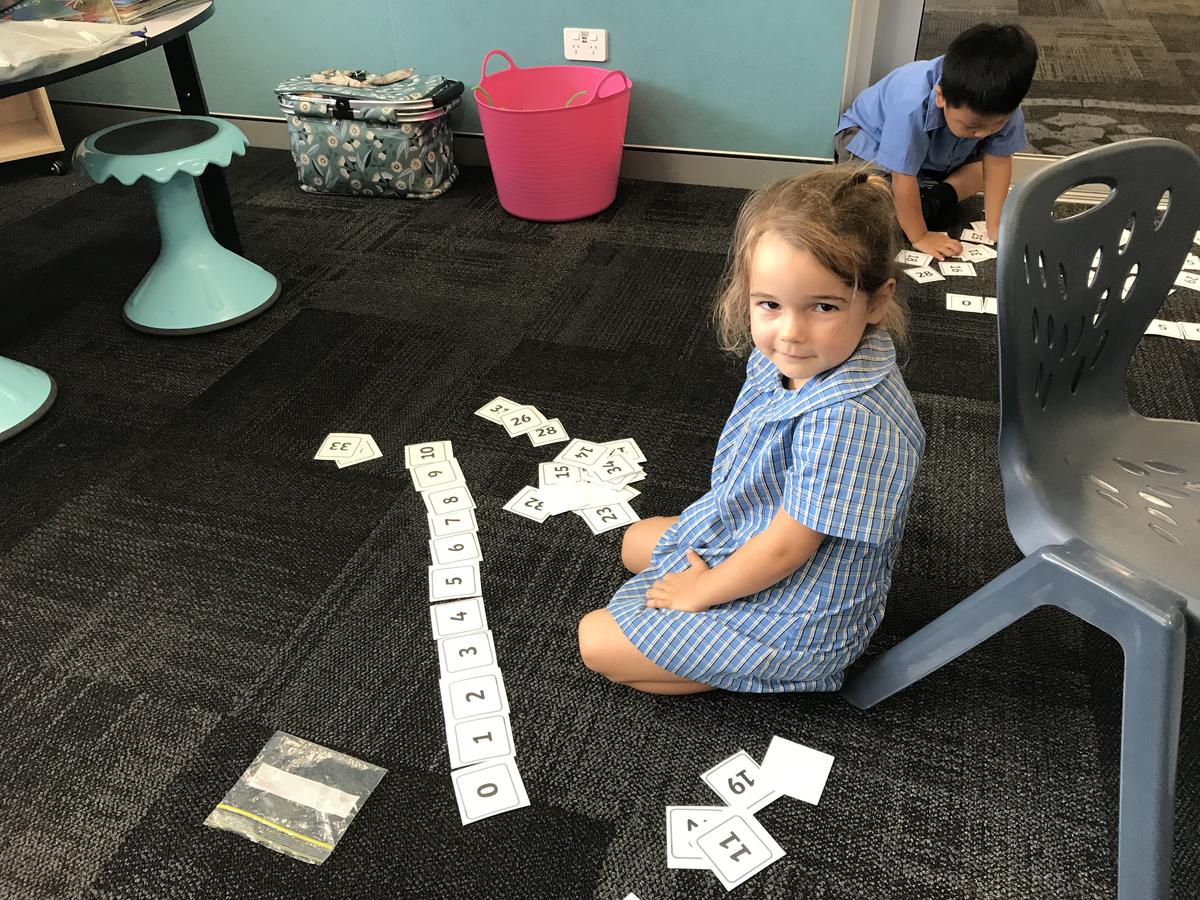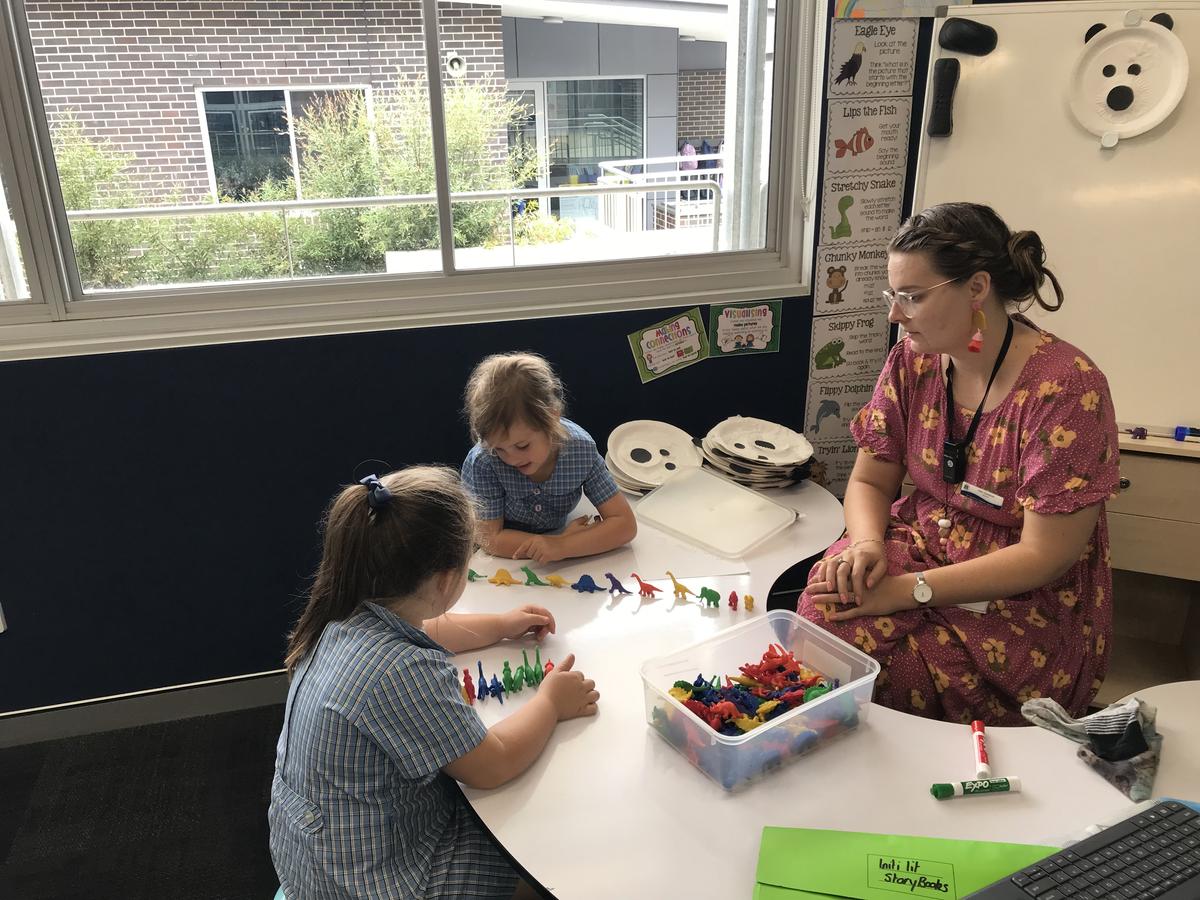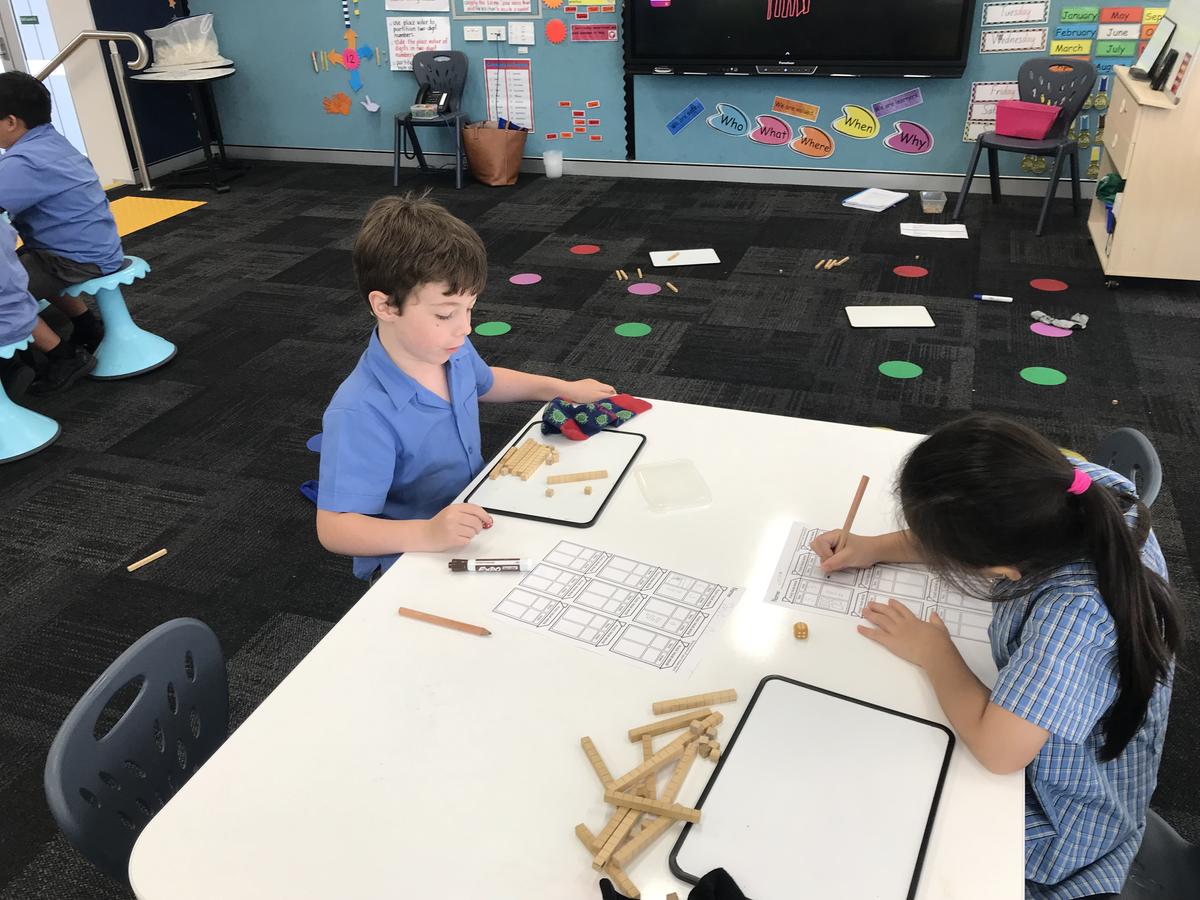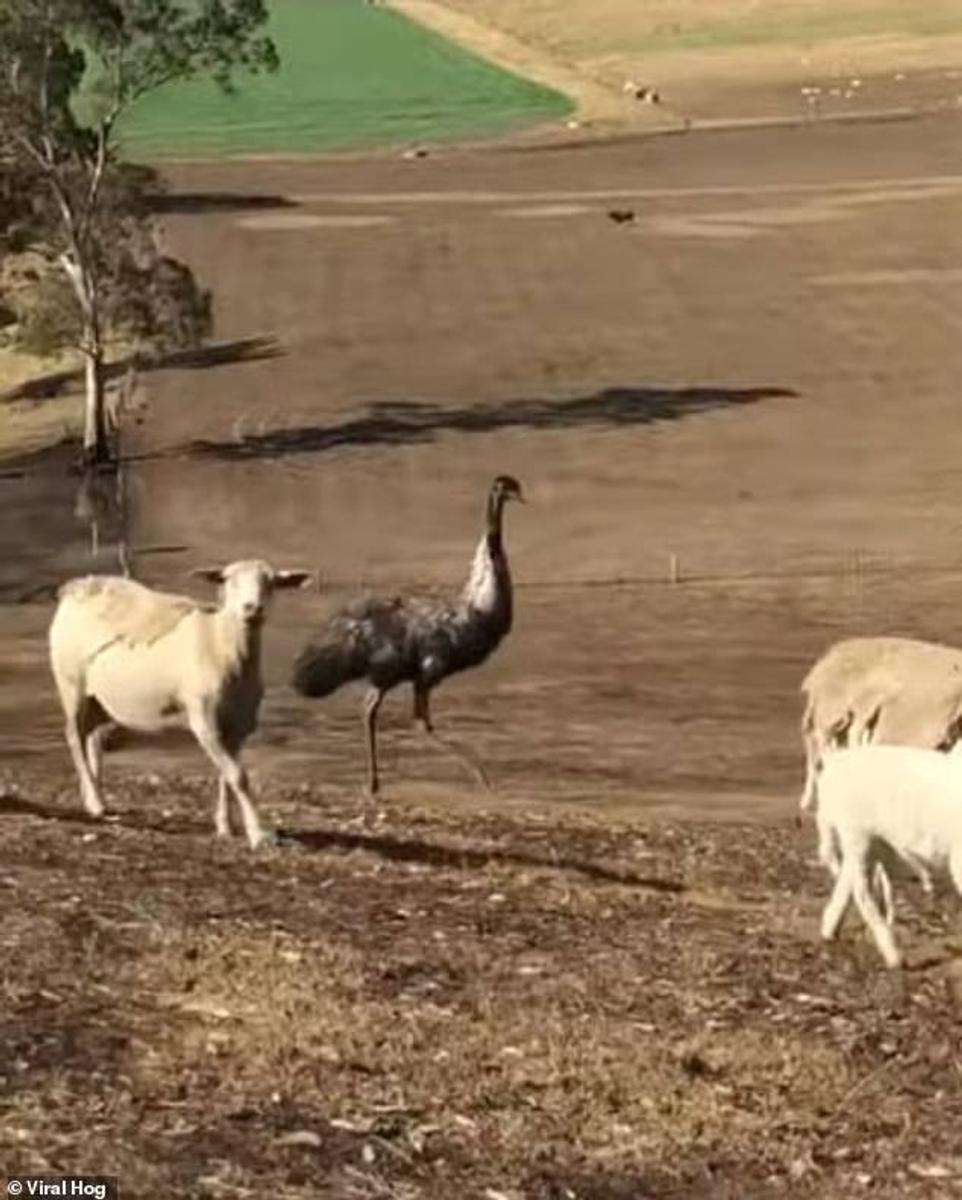The Learning Zone

"Education is our passport to the future, for tomorrow belongs to the people who prepare for it today." - Malcom X
Learning Intentions and Success Criteria
You will hear your child talk about learning intentions and success criteria at school. This is used as a common language to guide the learning across our school. Our learning intentions are set at the start of each lesson or unit of work and discussed with the students in regards to ‘what are we learning today’ in that particular lesson or lessons. This aligns with the common language being used in our Armidale Diocesan schools.
The success criteria is used to assist students in how they can achieve the learning intention. Most of the time it is co-constructed so the students understand ‘what the teacher is looking for’ and what meeting the learning intention looks like for them. A great question that you can ask your child after school is what did you learn today? This is powerful, as it allows your child to focus on the learning that took place during the day and explain their understanding to you.
A focus on their learning will assist them in seeing that they are growing in their learning. Learning is forever, if you are willing to learn and determined to learn, no one can stop you, so at St Joseph’s let's continue to put MAXIMUM EFFORT into our learning.
Crunch & Learn
Please don't forget to send your child to school each day with an extra piece of fruit or serve of vegetables to eat in the classroom. Something that can be easily taken into the room and eaten without causing too much mess is ideal, for example:
- a small apple
- a banana
- carrot sticks
- celery sticks
- sugar snap peas
- grapes
- strawberries
- cucumber or capsicum sticks
Please don’t send fruit or vegetable products (e.g. fruit straps, popcorn, fruit or vegetable breads), fruit canned in syrup or jelly or with artificial sweeteners, flavoured or marinated vegetables.
If your child is ordering fresh fruit from the canteen on Thursday or Friday this will arrive at 11am and be eaten during the first break (recess). This is after the Crunch & Learn time which occurs at the beginning of the school day so, even if ordering from the canteen, children will still need to bring something from home for Crunch & Learn.
Thank you for your supporting Crunch & Learn at St Joseph’s.
Home Reading
Please see a copy of the Home Reading Information Sheet for parents and carers attached below.
Armidale Diocesan Mathematics Initiative (MaST)
This year our whole school from K-6 are part of an Armidale Diocesan Mathematics Initiative known as the MaST Project. I would like to commend our teachers for their hard work and diligence to ensure this initiative enhances the learning experiences for their students. We are so lucky to have such dedicated professionals at St Joseph’s. Please see the information below to assist your child at home.
Maths At Home:
Kindergarten - Whole Number
Counting is an important start to our unit on whole number. Students can count a group of objects or their toys. What numbers can you recognise, read and say?
Try the links below to help you.
Nursery Rhyme - 1, 2, 3, 4, 5 Once I caught a fish alive
1 to 30 and 30 to 1 | Jack Hartmann Count to 30 | Counting Song
Stage 1 - 2D Space
With whole number complete, this week Stage 1 move onto 2D Space and work with a variety of shapes.
Stage 2 - Whole Number
Here is a problem Stage 2 to get you thinking about number! Have fun!
There are 18 animals in a paddock - some are sheep and some are emus.
If you count all the legs you get 50.
How many sheep and how many emus are there in the paddock?
First person to give the correct answer to Mrs Wallace or Mrs Lockwood receives a cool prize.
Stage 3 - Addition and Subtraction
Here is a problem Stage 3 to get you thinking about number!
Seven years ago my brother was 7 years old. How old will he be in 20 years time?
First person to give the correct answer to Mr Paterson receives a cool prize.
"Coming together is the beginning, staying together is progress,
and working together is success". - Henry Ford
Have a great week of learning and fun!
Maree Holland & Greg O'Toole

